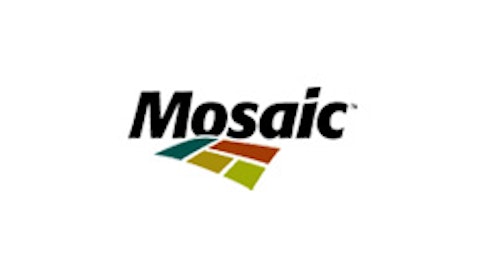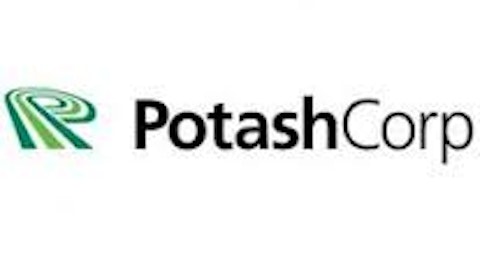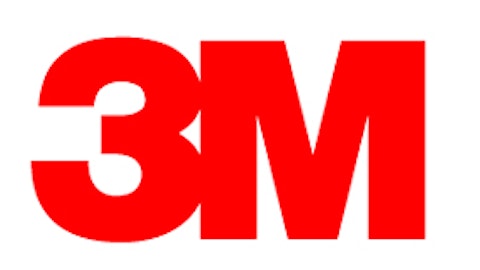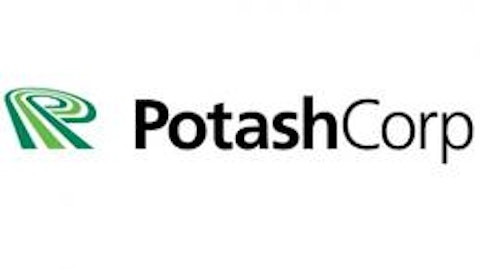No, that is not a typo. Potash Corp./Saskatchewan (USA) (NYSE:POT) has grown its quarterly dividend from just over $0.03 per share in January 2011 to $0.28 today. You may think it is unsustainable, but consider that it weighs in at a reasonable 37% payout ratio for the midpoint of 2013 earnings guidance. The company is also poised to benefit from recent capital investments and regional growth in fertilizer demand. Surely, competitors will benefit from improving market conditions as well. To determine what sets PotashCorp and its dividend apart from the crowd investors will need to take a deeper look.
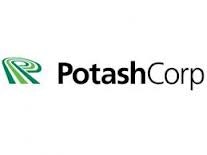
A quick snapshot of key players in the fertilizer industry shows that PotashCorp maintains the highest dividend yield and payout ratio.
| Company | Annual Distribution, Yield | Payout Ratio (TTM) |
|---|---|---|
| Potash Corp. (NYSE:POT) | $1.12, 2.67% | 47.3% |
| Agrium (NYSE:AGU) | $1.00, 0.87% | 10.8% |
| Mosaic (NYSE:MOS) | $1.00, 1.63% | 23.2% |
| CF Industries (NYSE:CF) | $1.20, 0.7% | 4.3% |
Source: SEC filings; TTM = trailing 12 months.
These numbers tell us very little about PotashCorp or the industry. After looking into the big three nutrient sources – potassium, phosphorous, and nitrogen – it quickly becomes obvious that not all fertilizer companies are created equally.
Potassium
PotashCorp is the largest of the 12 major potassium producers with 22 million metric tons of potash capacity. The company’s mines boasted 20% of global capacity in 2011, which is expected to grow to 23% by 2016. A targeted reinvestment campaign to improve existing facilities has paid off tremendously as production increased 33% in 2012 to 12 million metric tons – nearly double 2005 capacity. Better yet, PotashCorp expects to produce an additional 5 million metric tons by 2015.
By comparison, Agrium had a mere 2 million metric tons of capacity in 2011. Mosaic, however, embarked on an ambitious $6 billion potash expansion project in 2008 that will increase capacity to 11.6 million metric tons by 2015 and 15 million metric tons by 2021. Both figures remain a distant second to PotashCorp, but the expansion underscores the surging demand for fertilizer products.
Won’t all of this expansion push costs up and limit profits for shareholders? Consider that roughly 5 million metric tons of PotashCorp’s production growth by 2016 will come from brownfield sites, or mines that are already in operation. Mosaic will see brownfield growth of 3 million metric tons.
Enhancing capabilities of brownfield sites has several significant advantages of investing in greenfield, or new, mines. According to PotashCorp, a greenfield project in Saskatchewan would cost nearly $3,250 per metric ton, compared to $1,000 or less for a brownfield project.
Aside from timely and strategic infrastructure investments PotashCorp has also invested in smaller producers in Spain, Israel, Jordan, and Chile. Income from these investments totaled $1.75 billion between 2008 and 2011, with $650 million coming from dividend payments.
Phosphorus
PotashCorp offers an annual phosphate rock capacity of 9.6 million metric tons, far behind Mosaic’s 16 million metric tons. CF industries, which has increasingly focused on its nitrogen business, and Agrium add roughly 3 million metric tons of annual capacity to the mix.

